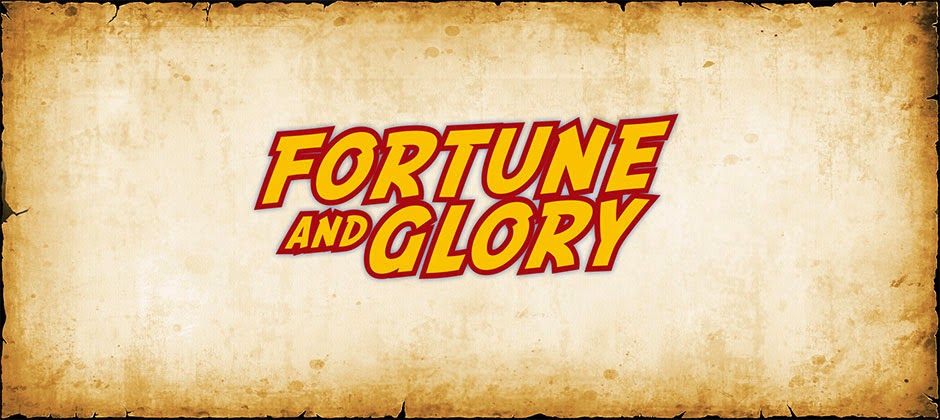In the mid-1990s, the Avalon Hill classic
Diplomacy became a staple of my gaming life.
The game features a map of Europe in 1914. Each player is a leader of one of the main powers, intent on expanding his empire and dominating Europe.
Every turn, the would-be conquerors give orders to their armies to hold their ground, move into another province, or support an advance. Combat is deterministic: the side with the most armies contesting a province wins. The interesting part of the game is that no player is strong enough to win on his own. He needs allies to support his advance, thus the need for diplomacy. But can your trust your erstwhile ally or is he lulling you into a position where he can backstab you? Of course, you may be plotting the same against him. Betrayal is a regular part of the game.
I had first been exposed to the Diplomacy during high school in the early 80s. A friend had it and organized a session. We played face-to-face at his house. The players would sneak off to isolated parts of the house to make their clandestine plots. I was Turkey and was betrayed by Russia on turn 1 (the Black Sea was supposed to be neutral!). I never recovered from that debacle. Anyway, I was impressed by the simple rules but finding seven people to play seemed a daunting task.
I picked it in the 1990s and organized a play-by-phone/mail campaign with a bunch of friends. We played weekly turns. Orders were due on Friday and could be phoned in. I processed the results and sent out an updated map via mail. It was a big hit and we would play several more campaigns, some using variant maps. I converted the later campaigns to play-by-e-mail but we continued with weekly turns.
There were a few memorable aspects of the game. In face-to-face games, you could see who was in a corner with whom, which tipped you off on what alliances were developing. In a play-by-mail campaign, your intel was limited. You had to gather and weigh various rumors (for example, in one game, a tip from a third-party alerted me to an attempted backstab). E-mail got even trickier. You could take an innocuous e-mail from one player, edit it into something more devious, and forward it to another player. (e.g. Germany has sent His Majesty a copy of a letter from France proposing an attack on Britain. Is it real or did Germany forge it?)
I thoroughly enjoyed umpiring the game. I traced the map onto a large sheet of paper and hung it to the wall of the den (which I promptly dubbed the "war room." Naturally, the map became known as the "big board.") I also included a little newsletter with each update. I titled it the "Times of Europe" and wrote it like a newspaper covering the dramatic events occurring in Europe. I had fun creating stories around the moves. For example, when Russia missed the deadline for reporting his move, the "Times of Europe" explained it as civil unrest in Moscow, which disrupted telegraph lines. It was an amusing entry when the Turks ordered their fleet into land-locked Serbia!
Eventually, the campaigns petered out. Because betrayal is a frequent aspect of the game, this can happen:
 |
| From http://cf.geekdo-images.com/images/pic536690.jpg |
Unfortunately, the game caused some bickering among my friends. I don't know if it destroyed any friendships but it strained some. I tired of the drama (plus my friend Jeff kept his minions in line and thus kept winning ;) ). At one point, I decided to stop the campaigns. I really have no interest in starting them again.
However,
Diplomacy has had a lasting impact. I have used the basic mechanics for my
Francesia campaign. Furthermore, it really highlighted the joy of creating a story. My favorite part of all those campaigns was the newsletter that I wrote to describe the events. As a result,
Diplomacy transcended from a mere game to an epic story with heroes and villains, triumphs and tragedies, and finally, in the words of the
Wide World of Sports, "
the thrill of victory and the agony of defeat." This blog is a direct ancestor of those
Diplomacy newsletters - I enjoy recording the results of games as much as playing them!












